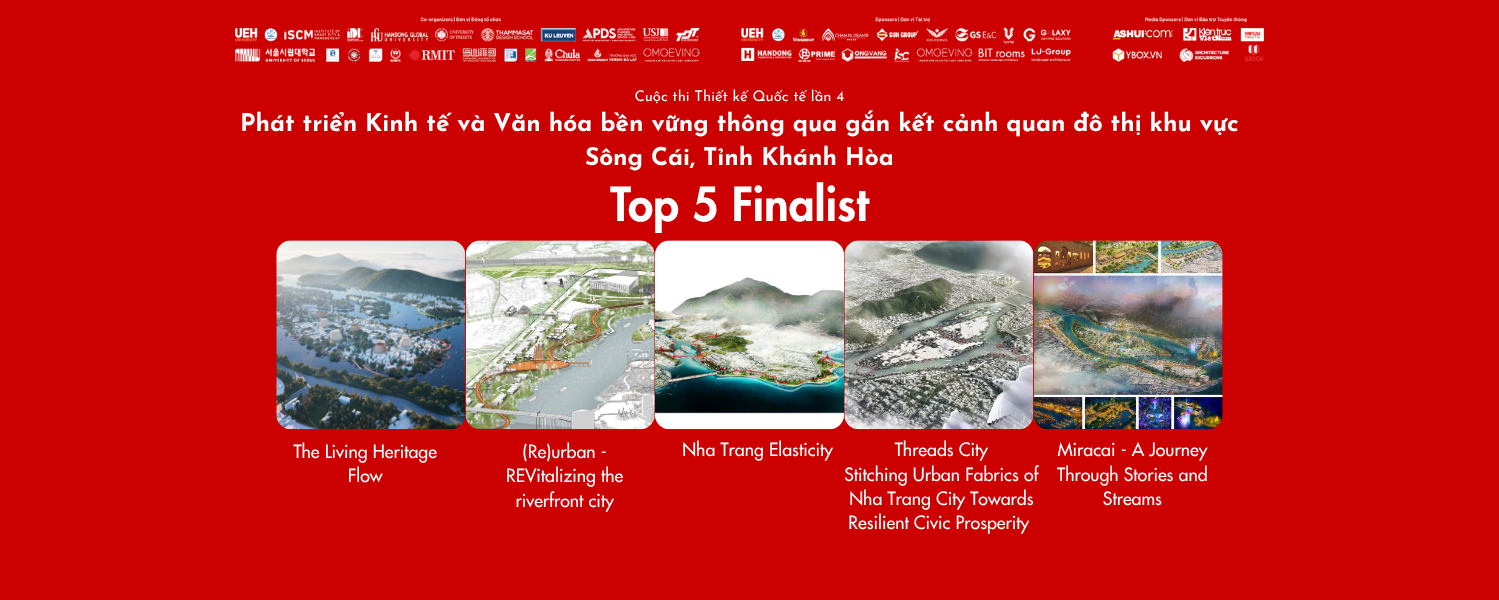
4th International Design Competition Concludes: 5 Visionary Projects Redefine the Future of Khanh Hoa's Cai River Heritage Path
20 Oct, 2025
The five award-winning projects unveil distinct visions for the future of the Cai River—from ecological restoration and climate resilience to the preservation of cultural memory and the creation of vibrant community spaces.
Nha Trang Elasticity - Chulalongkorn University, Thailand
The winning project, "Nha Trang Elasticity," is rooted in addressing urban pressures and environmental degradation. It aims to transform Nha Trang into a sustainable and highly resilient city by integrating green infrastructure, restoring ecosystems, and promoting community-based eco-tourism. The project outlines a long-term transformation plan centered on designs that enhance the resilience and adaptability of the urban landscape, focusing on reconnecting fragmented ecosystems, restoring floodplains, and boosting biodiversity. A key feature is the Eco-Tourism Route, which will stimulate the local economy, distribute economic benefits to communities, and solidify Nha Trang's position as a destination with a unique ecosystem.
The plan consists of three phases over 15 years:
- Phase 1: Focuses on converting flood-prone areas into natural wetlands to absorb, regulate, and slow floodwaters, while using green-blue infrastructure and "pocket parks" to restore green spaces within the urban core.
- Phase 2: Enhances ecological connectivity and coastal resilience with an iconic 6.5 km ecological pedestrian bridge, beach and artificial dune restoration, and the application of Low Impact Development (LID) principles.
- Phase 3: Proposes Floating Green Platforms along the river to reduce erosion, reclaim riverside floodplains, and expand urban green spaces, complementing Phase 1 by strengthening ecological buffer zones and providing multifunctional green infrastructure.
Overall, the three phases aim to enhance sustainability across the environmental, social, and economic pillars by restoring natural systems, creating inclusive public spaces, and fortifying the city's long-term resilience.
.png)
(Re)urban - REVitalizing the Riverfront City - Van Lang University, Vietnam
According to the "(Re)urban - REVitalizing the Riverfront City" project, decades of spontaneous urbanization have led to systemic land-use issues, environmental degradation, and social fragmentation along the river. The project emphasizes the Cai River's vital role in the urban landscape and daily life of Khanh Hoa's people—not just as a geographical feature but as a cultural backbone, community hub, and natural infrastructure.
The project employs a "patchwork planning" approach, preserving valuable existing structures while "inserting" new elements like green promenades, soft embankments, cultural spaces, and public amenities. This approach mends the urban fabric through continuity rather than replacement, fostering an organic development system that balances the past, present, and future. Interventions such as pocket parks, community gardens, and floating decks are designed to create an open, friendly, and sustainable network of spaces.
.png)
Threads City - Stitching Urban Fabrics of Nha Trang City Towards Resilient Civic Prosperity - Ho Chi Minh City University of Technology (VNU-HCMC), Vietnam
"Threads City" approaches the challenge from the perspectives of Landscape Urbanism and Nature-based Solutions. It addresses key socio-ecological challenges, including the disconnect between the city and the Cai River, the decline of traditional craft villages, over-reliance on tourism, and the inefficient use of riverside areas.
Centering on the Cai River and coastal ecosystems, the project restructures the urban space by interweaving green corridors, cultural nodes, and community spaces. It aims to enhance ecological resilience, nurture cultural vitality, and diversify the economy. With Nha Trang's rich cultural heritage, particularly Cham weaving and traditional fishing, under pressure from rapid urbanization, the project proposes a multi-layered development framework—from regional networks to urban regeneration—through methods like "Stitching within Community" and "Stitching along Communities."
.png)
Miracai - A Journey Through Stories and Streams - University of Economics Ho Chi Minh City, Vietnam
"Miracai" positions the Cai River Heritage Axis as a strategic link for Khanh Hoa's development into Vietnam's sixth centrally-governed city. The project's vision for 2025 is to transform the Cai River into a "Living Heritage" site of ASEAN standard, preserving historical values while driving sustainable growth.
Three main orientations are established:
- Preserve, enhance, and digitize heritage: The Cai River serves as a "cultural backbone" connecting tangible and intangible heritage through cultural clusters like a folk theater, a water puppet stage, and a spiritual museum.
- Restore ecosystems and improve quality of life: Using ecology to shape the urban form, the project focuses on climate adaptation, converting low-lying areas into ecological parks, and developing urban agriculture.
- Develop a circular economy: Promoting a closed-loop production-consumption-recycling model, combined with a night-time economy featuring riverside cultural, culinary, and tourism activities.
.png)
The Living Heritage Flow - Chiang Mai University, Thailand
"The Living Heritage Flow" reimagines the Cai River corridor as a space where culture, ecology, and urban life intersect. By weaving together water, movement, and wind, the project creates a framework for sustainable development. A key feature is a system of structures designed to retain sediment, reduce erosion, and restore the riverside ecosystem, creating diverse habitats and community spaces.
The project applies Water-Sensitive Urban Design (WSUD) with infiltration zones and constructed wetlands, along with Nature-based Solutions (NbS) like pocket parks and green walkways. Implementation is planned in three phases:
Phase 1 - Protect: Establish erosion control zones and raise community awareness.
Phase 2 - Restore: Rehabilitate wetland ecosystems and connect green patches.
Phase 3 - Maintain & Activate: Preserve the restored landscape and establish cultural heritage routes.
The International Design Competition is an annual event organized by the UEH Institute of Smart City and Management (ISCM) to create a platform for students from Vietnam and around the world to contribute ideas for the future of cities.
.png)
In 2025, the 4th edition of the competition focused on the Cai River area, a place that embodies the unique cultural, historical, and ecological values of Khanh Hoa. The study area included the Ponagar Tower, a significant Cham architectural complex, and Xom Bong, a distinctive community cultural space facing threats from urbanization. Over six months, the competition attracted 500 participants in 160 teams from 25 different countries. Submissions were rigorously evaluated by an international jury of experts from prestigious universities worldwide.
The competition is a key activity within UEH's local cooperation strategy, implemented through its strategic UEH Nexus Campus Nha Trang, which is positioned as "A Global Hub of Scholars and Knowledge." This initiative is a significant step towards realizing the goals of the Politburo's Resolution No. 09-NQ/TW and Khanh Hoa Province's Resolution No. 01-NQ/TU, supporting Khanh Hoa's ambition to become a centrally-governed city and establishing the UEH Nexus Campus Nha Trang as an international academic center for the Central Vietnam region.
News, photos: Department of Communications and Partnerships, ISCM


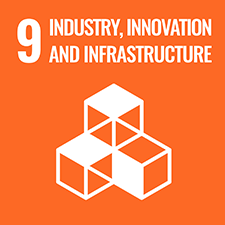
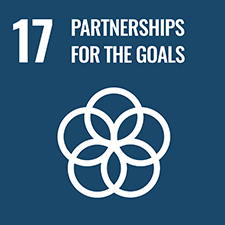
![[Research Contribution] Factors Affecting Gen Z's Intention To Buy Green Cosmetics Through The Intermediate Variable Of Consumers' Attitude](/images/upload/thumbnail/ueh-thumbnail-639018655243295179.png)

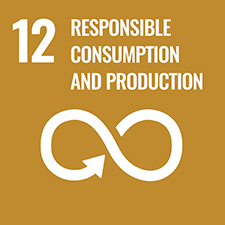
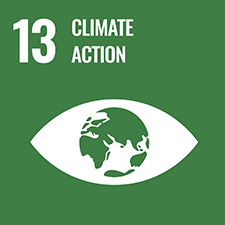
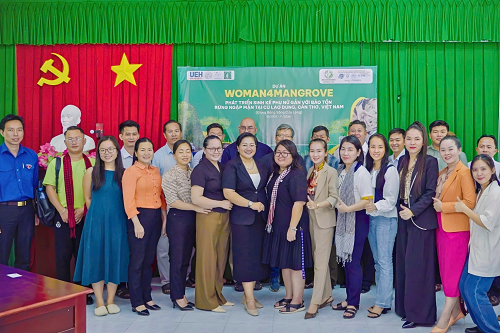




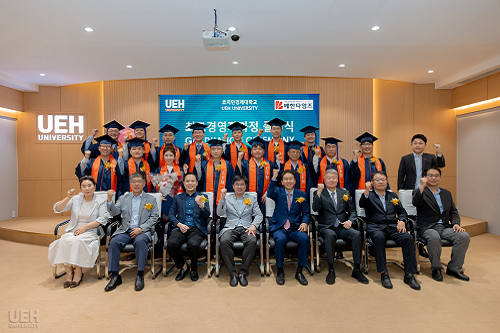
![[Research Contribution] The relationship between green finance and environmental degradation: Empirical evidence from countries participating in the "Belt and Road Initiative"](/images/upload/thumbnail/ueh-thumbnail-639015796322698758.png)
